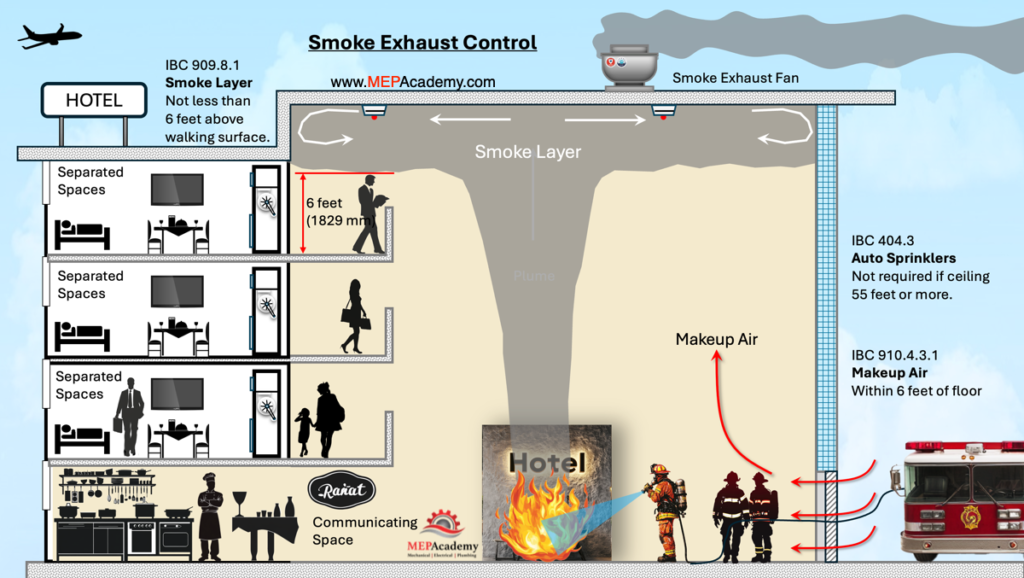- Faisal Road near peoples Colony underpass Gujranwala Pakistan.
- Everyday 24 Hours
A smoke management system is a critical life safety feature in modern buildings, designed to control and extract smoke during a fire, thereby protecting occupants and aiding first responders. Smoke is often more dangerous than flames, causing disorientation, suffocation, and reduced visibility—making efficient smoke control essential for safe evacuation and fire suppression.
These systems work by using a combination of exhaust fans, pressurization units, dampers, ducts, and vents to either remove smoke from affected areas or prevent its spread to escape routes like stairwells, corridors, and elevator shafts. There are two main strategies: smoke extraction, which removes smoke from the fire zone, and pressurization systems, which create positive pressure in protected spaces to keep smoke out.
Smoke management is particularly crucial in high-rise buildings, underground structures, malls, airports, and large atriums, where smoke can rapidly travel and compromise evacuation. Advanced systems are often integrated with fire detection and alarm systems, activating automatically when sensors detect heat or smoke. In complex buildings, computer-controlled zoned smoke control ensures targeted and efficient operation.
Design and installation of smoke management systems must comply with international codes like NFPA 92, IBC, and ASHRAE guidelines, ensuring performance under real fire conditions. Regular maintenance, system testing, and simulation drills are necessary to verify airflow paths, damper response, and fan performance.
By maintaining tenable conditions for occupants and visibility for fire services, a smoke management system can drastically reduce fire-related injuries and fatalities, making it a non-negotiable element of any fire-safe building design.




